
| Recorded by: David George, Jeff Niznik on 2024-06-01
Chatham Co.
Comment: | 
| Recorded by: Dean Furbish on 2023-05-31
Wake Co.
Comment: |
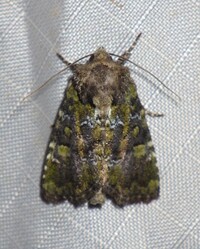
| Recorded by: Stefanie Hedrick on 2022-06-06
Mecklenburg Co.
Comment: | 
| Recorded by: David George, L. M. Carlson, Stephen Dunn on 2022-06-04
Orange Co.
Comment: |

| Recorded by: Dean Furbish on 2022-06-01
Wake Co.
Comment: | 
| Recorded by: Dean Furbish on 2021-06-04
Wake Co.
Comment: |

| Recorded by: Dean Furbish on 2021-06-04
Wake Co.
Comment: | 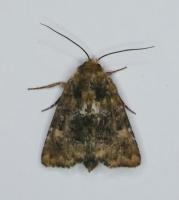
| Recorded by: Gary Maness on 2020-06-22
Guilford Co.
Comment: |
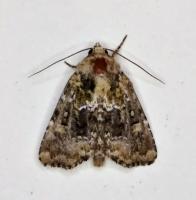
| Recorded by: Gary Maness on 2020-06-20
Guilford Co.
Comment: | 
| Recorded by: Gary Maness on 2020-06-20
Guilford Co.
Comment: |
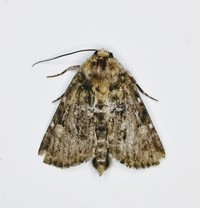
| Recorded by: Gary Maness on 2020-06-14
Guilford Co.
Comment: | 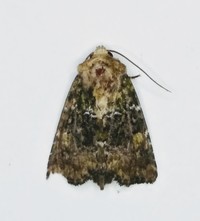
| Recorded by: Gary Maness on 2020-06-13
Guilford Co.
Comment: |
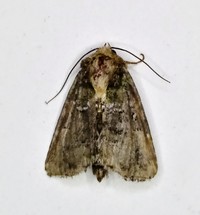
| Recorded by: Gary Maness on 2020-06-13
Guilford Co.
Comment: | 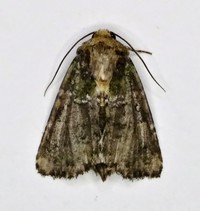
| Recorded by: Gary Maness on 2020-06-09
Guilford Co.
Comment: |
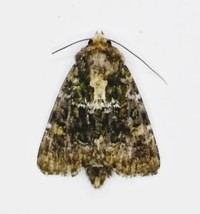
| Recorded by: Gary Maness on 2020-06-08
Guilford Co.
Comment: | 
| Recorded by: Gary Maness on 2020-06-08
Guilford Co.
Comment: |
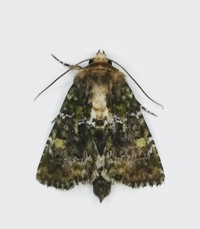
| Recorded by: Gary Maness on 2020-06-07
Guilford Co.
Comment: | 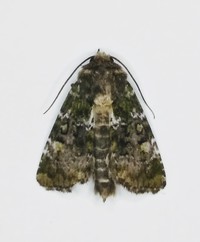
| Recorded by: Gary Maness on 2020-06-07
Guilford Co.
Comment: |

| Recorded by: Gary Maness on 2020-06-06
Guilford Co.
Comment: | 
| Recorded by: Gary Maness on 2020-06-06
Guilford Co.
Comment: |
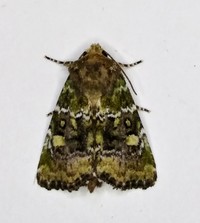
| Recorded by: Gary Maness on 2020-06-03
Guilford Co.
Comment: | 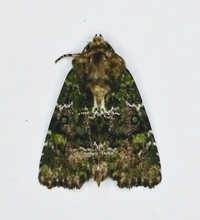
| Recorded by: Gary Maness on 2020-06-03
Guilford Co.
Comment: |
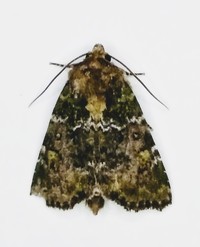
| Recorded by: Gary Maness on 2020-06-02
Guilford Co.
Comment: | 
| Recorded by: Gary Maness on 2020-05-30
Guilford Co.
Comment: |

| Recorded by: Gary Maness on 2019-06-19
Guilford Co.
Comment: | 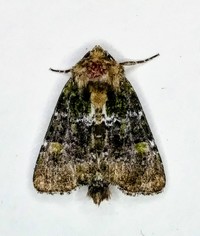
| Recorded by: Gary Maness on 2019-06-05
Guilford Co.
Comment: |

| Recorded by: Gary Maness on 2019-06-03
Guilford Co.
Comment: | 
| Recorded by: Gary Maness on 2019-06-03
Guilford Co.
Comment: |
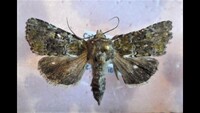
| Recorded by: Darryl Willis on 2017-05-16
Cabarrus Co.
Comment: | 
| Recorded by: Doug Blatny/Jackie Nelson on 2012-06-20
Ashe Co.
Comment: |
|

 »
»


 »
»
